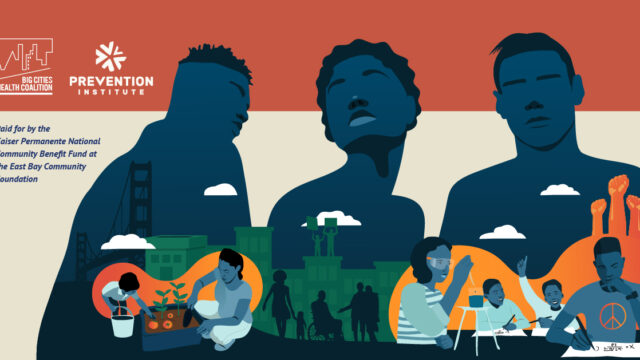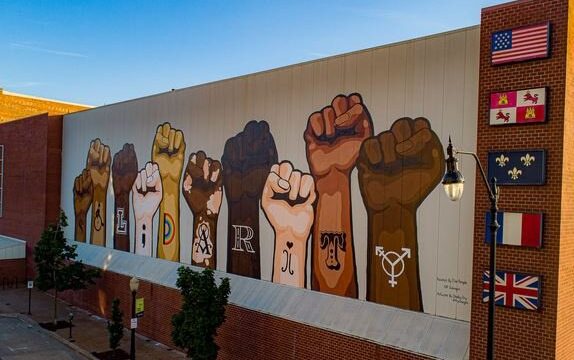Press Release
Gun deaths continue to surge, new data shows
July 2023
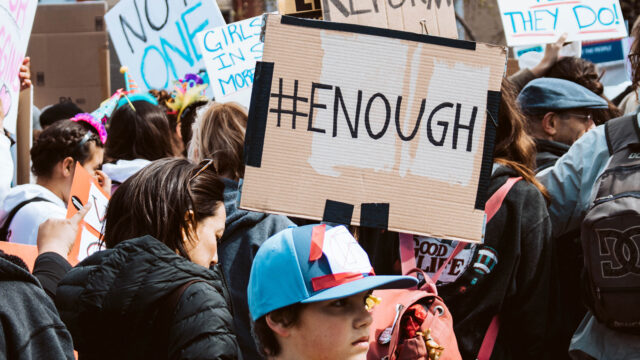
That year, the risk of gun death was four times higher for Black people compared to white people.
This brief [1], authored by our partners at Drexel University’s Urban Health Collaborative (UHC), uses data on gun deaths from the Big Cities Health Inventory (BCHI) data platform. Data included here are for our 35 member cities.
-
BCHI Inequities Webinar
Get a virtual guided tour of BCHI’s newest features, including data for 2021 and six five new metrics.
Watch video
1. Gun deaths rose 43% during the pandemic
Over the past decade, nearly 67,000 gun deaths occurred in BCHC cities. Two-thirds of these deaths were homicides, nearly a third were suicides, and 3% occurred for other reasons.
The steep increase in gun deaths by homicide that began in 2020 is not fully understood, but experts point toward a web of causes that converged during the COVID-19 pandemic, including a sharp rise in gun purchases and gun-carrying.
The proliferation of guns has been particularly lethal for densely-populated urban communities that have been subject to years of structural inequities, and underinvestment, and a lack of opportunities for young people.
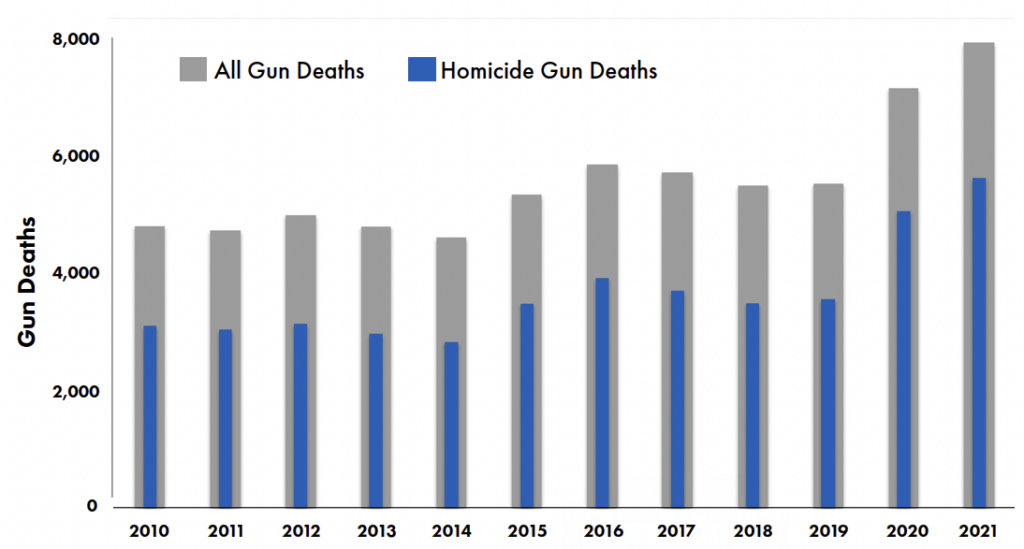
Hear BCHC’s Executive Director discuss implications of these data
Original source: https://newscast.astho.org/460-big-city-gun-violence-data-drug-shortage-letter-to-congress/
2. Wide variation in gun deaths across big cities
Between 2019 and 2021, the gun death rate increased in nearly all BCHC cities. However, these rates vary widely between cities. In 2021, yearly gun death rates in BCHC cities ranged from a low of 4 deaths to a high of 54 deaths per 100,000 people, age-adjusted.
Using the data platform, we see that cities with the highest gun death rates and highest increase over time had higher proportions of residents living in poverty, higher rates of unemployment, and were more racially segregated than other cities. [2]
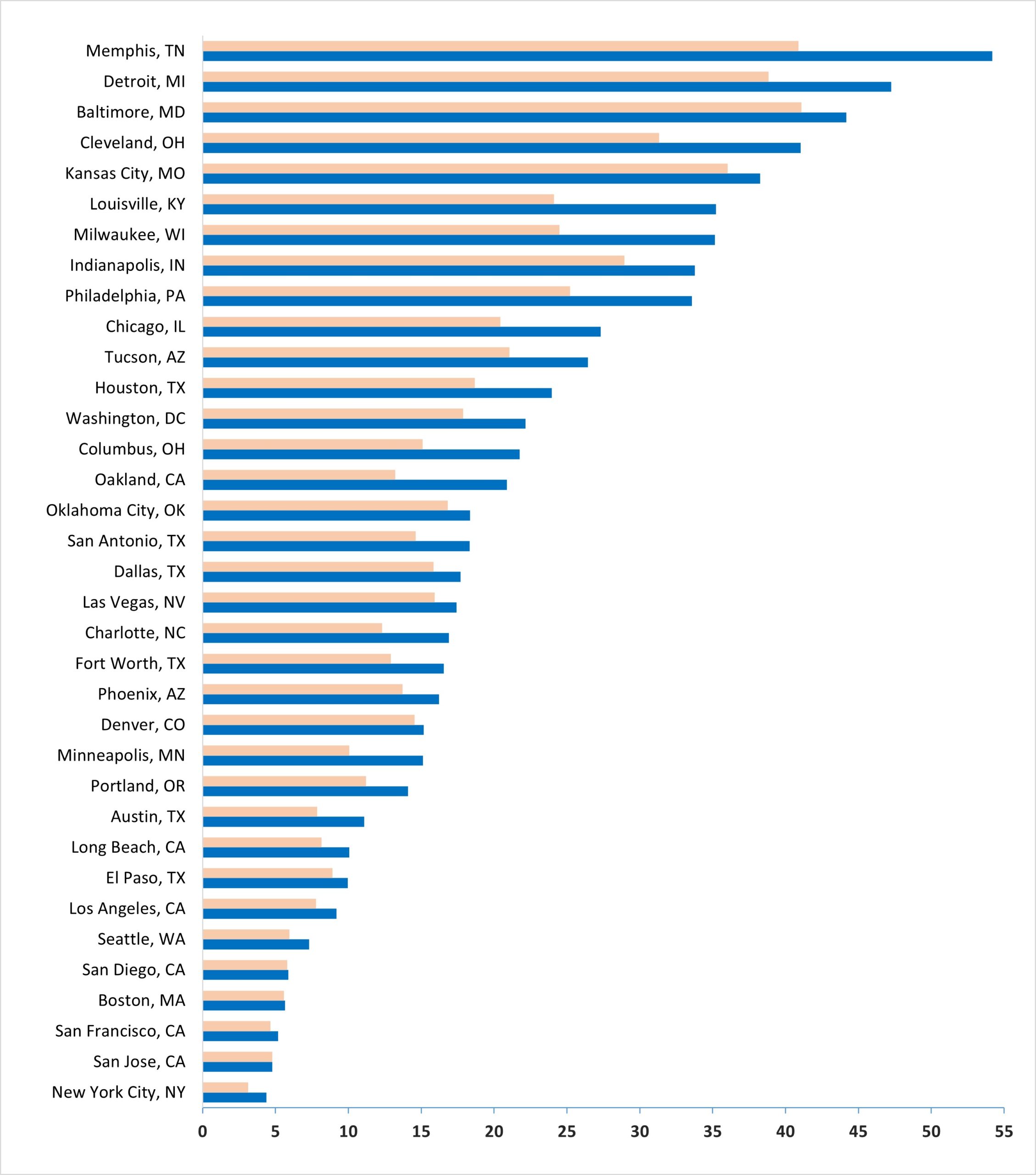
3. Gun deaths by age in BCHC cities, 2021
Gun deaths are a leading cause of death among young people. In 2021, the gun death rate in big cities was highest among young people aged 15–24 and was much higher than the national rate (37.3 in BCHC cities vs. 22 in the US, per 100,000 within this age group).
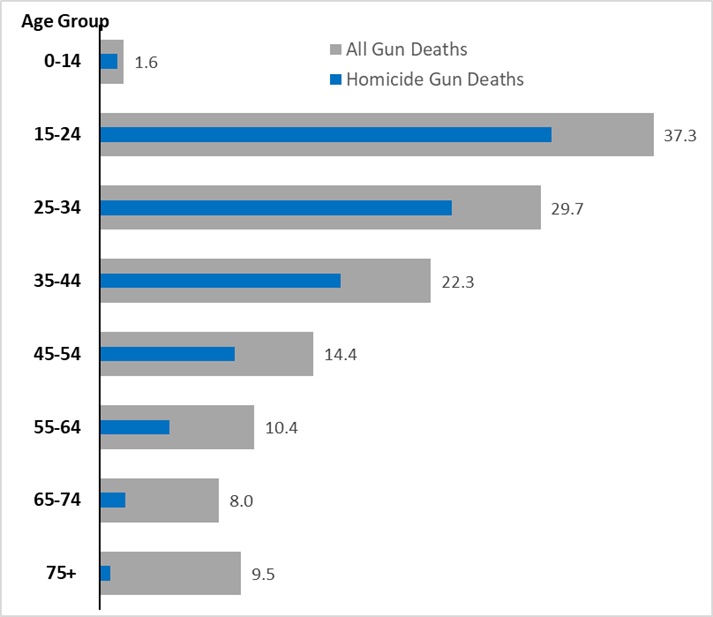
4. Gun deaths by race and ethnicity in BCHC cities, 2021
Black people in BCHC cities died from gun-related injuries at a much higher rate (54.1 per 100,000) than any other racial or ethnic group. As shown in the chart below, most gun deaths among Black and Hispanic people were attributed to homicide. Most deaths for white, Asian and Pacific Islander people were attributed to suicide.
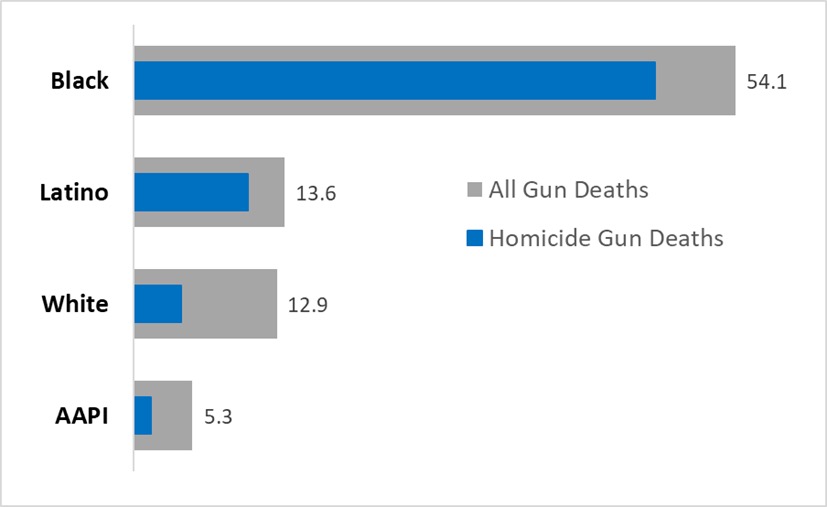
Solutions and advocacy
Gun violence is a leading cause of premature death and injury in the United States. Gun violence has had profound, wide-ranging impacts across the nation’s largest cities, particularly among Black residents.
For communities to flourish, public health strategies aimed at preventing gun deaths must be fully implemented. Big city public health officials have both advocated for stronger state and federal policies that limit access to guns and increased funding for community-based solutions to the gun violence epidemic.
BCHC’s report with Prevention Institute, Community Safety Realized: Public Health Pathways to Preventing Violence, describes community-driven, multi-sector approaches to preventing violence and realizing community safety.
Learn more about BCHC’s policy initiatives.
About the data platform
The BCHI data platform is primarily funded by the U.S. Centers for Disease Control and Prevention through a cooperative agreement with the National Association of County and City Health Officials. The views expressed in this brief do not necessarily represent the views of the funders.
Since 2019, the Big Cities Health Inventory (BCHI) data platform has been maintained by the Drexel Urban Health Collaborative (UHC) at the Dornsife School of Public Health in partnership with Big Cities Health Coalition (BCHC). Visitors to the data platform can explore metrics, view data charts by city, select multiple cities for comparison, and download charts and data.
BCHC and UHC partnership
The Big Cities Health Coalition (BCHC) is a forum for the lead health officials of America’s largest metropolitan health departments to exchange strategies and jointly address issues to promote the health and safety of more than 61 million people they serve. The Drexel Urban Health Collaborative (UHC) has partnered with BCHC to support the Coalition’s vision of healthy, more equitable cities through big city innovation and leadership. The UHC is a multidisciplinary research and practice center that leverages the power of data, research, education, and partnerships to make cities healthier, more equitable, and environmentally sustainable.
Citation
Niamatullah, S., Auchincloss, A., Finkel, R., Gibson, A. (2023). Gun Deaths in Big Cities. Drexel University, Urban Health Collaborative. Philadelphia, PA.
Endnotes
- In this data brief, ‘gun deaths’ refer to ‘firearm deaths’ which is the term used by the Centers for Disease Control and Prevention. Firearm deaths are from weapons using a powder charge (e.g., handguns, rifles and shotguns). Excluded are the small number of deaths per year from air- and gas-powered guns (e.g., BB guns and pellet guns) because they are not considered firearms.
- In this report, racial segregation refers to the systematic, residential separation of people based on race.

